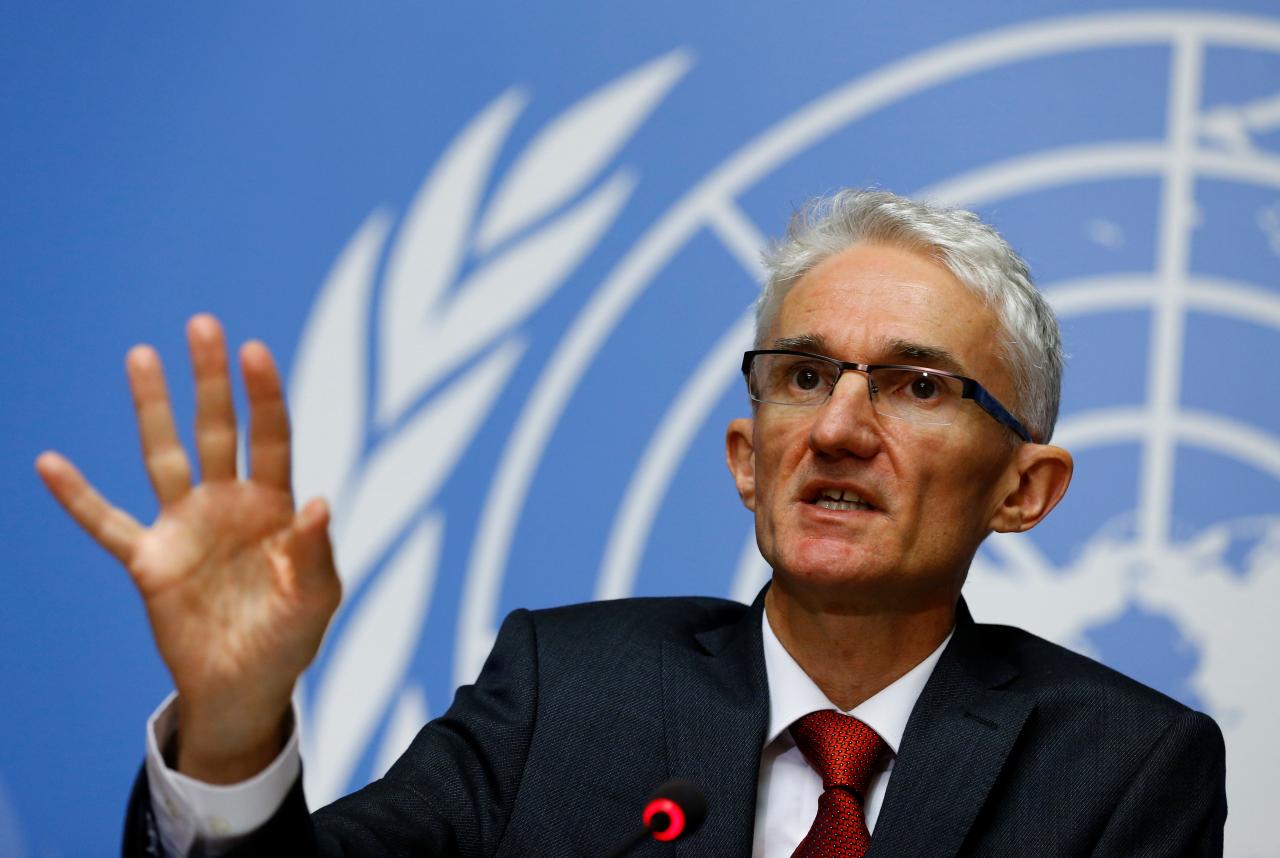Around 14 million people in Yemen, or half the total population of the country, are facing “pre-famine conditions,” said the UN Under-Secretary-General for Humanitarian Affairs, in a briefing to the Security Council on Tuesday.
Mark Lowcock, who is also Emergency Relief Coordinator, said that the UN assessment, which revises September’s estimate of 11 million at risk, is based on recent survey work and analysis, and categorizes “pre-famine conditions,” as meaning those who are entirely reliant on external aid for survival.
Famines, said Lowcock, are a rarity in the modern world, and whilst this is a positive sign of progress, it is also what makes the Yemen situation so shocking.
Although it is difficult to confirm how many are dying from starvation, or starvation-related disease, the relief chief said that health workers are pointing to a rising number of deaths linked to food-related factors, with one aid agency estimating at the end of 2017 that 130 children were dying every day from extreme hunger and disease: nearly 50,000 during the course of a year.
However, many deaths are hidden: “Only half of health facilities are functioning, and many Yemenis are too poor to access the ones that are open. Unable to reach care, people often die at home. Very few families report these deaths; their stories go unrecorded.”
Lowcock said the situation in Yemen is now far more serious than in 2017, when warnings of famine led to a dramatic scaling up of the UN coordinated relief effort, because of the large number of people at risk.
Source: Agencies




